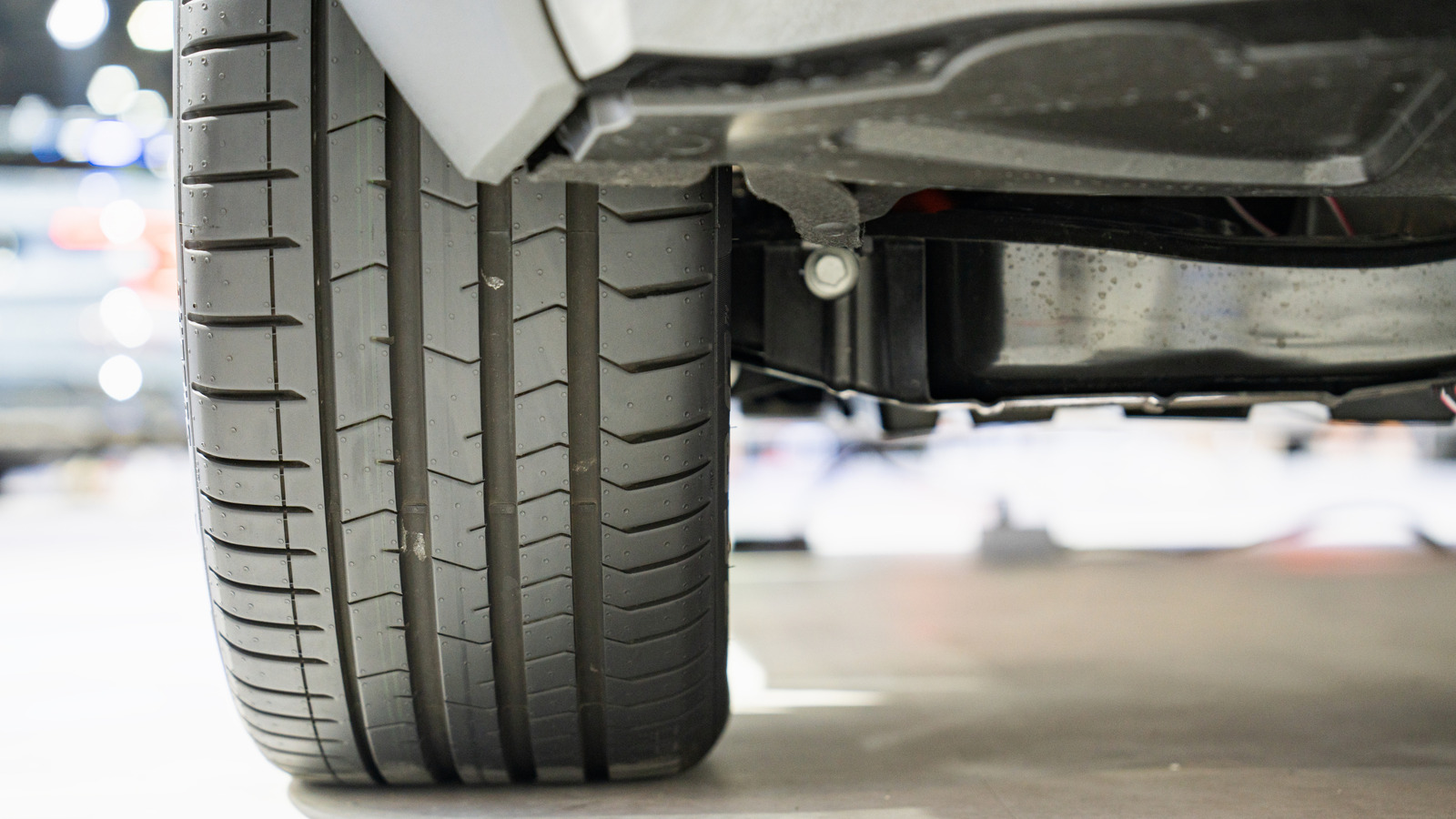Technology
New Tires Require Break-In: Understanding the Importance of Caution

Drivers often overlook the importance of properly breaking in new tires, assuming they are immediately ready for peak performance. In reality, new tires require careful handling during their initial use, as they may exhibit reduced traction for the first few hundred miles due to manufacturing residues and stiff tread patterns. Understanding these factors can enhance safety and performance on the road.
Understanding the Break-In Period
According to Tire Rack, new tires necessitate a break-in period to achieve optimal ride quality and performance. When tires are manufactured, they are treated with mold release agents and protective solutions that can leave residual chemicals on the surface. This residue affects traction until it wears away with use, typically after driving approximately 500 miles.
During this period, the tires may also exhibit a phenomenon known as “tread squirm.” This occurs when tall, rigid tread blocks fail to flex adequately during cornering, leading to less responsive handling and slower braking. As the tires accumulate mileage, they become more compliant, improving grip and handling characteristics.
Driving Safely with New Tires
When equipping a vehicle with new tires, drivers should adopt a cautious approach. It is crucial to allow for increased stopping distances and avoid aggressive driving maneuvers. Smooth acceleration and steady braking during the first few hundred miles are essential to facilitate the break-in process.
Many drivers may be tempted to test the limits of their new tires, but this can lead to adverse effects. For instance, sudden starts or harsh braking can cause the tires to slip or skid due to the manufacturing residue. Continued improper driving can also result in uneven tire wear, significantly reducing their lifespan.
While it may not always be possible to avoid wet roads, driving on dry surfaces when feasible will expedite the conditioning of the tires. A dry road allows for better scuffing of the treads, enhancing grip as the tires break in.
Once the break-in period concludes, normal driving can resume. However, maintaining tire performance requires ongoing diligence. Regular checks of tire pressure, rotating tires every 6,000–8,000 miles, monitoring tread depths, and inspecting for signs of wear or damage are all critical to ensuring the longevity of new tires.
By understanding the importance of the break-in process and adhering to proper driving techniques, drivers can maximize the performance and lifespan of their new tires, enhancing both safety and comfort on the road.
-

 Technology5 months ago
Technology5 months agoDiscover the Top 10 Calorie Counting Apps of 2025
-

 Health3 months ago
Health3 months agoBella Hadid Shares Health Update After Treatment for Lyme Disease
-

 Health3 months ago
Health3 months agoErin Bates Shares Recovery Update Following Sepsis Complications
-

 Technology4 months ago
Technology4 months agoDiscover How to Reverse Image Search Using ChatGPT Effortlessly
-

 Technology1 month ago
Technology1 month agoDiscover 2025’s Top GPUs for Exceptional 4K Gaming Performance
-

 Technology3 months ago
Technology3 months agoElectric Moto Influencer Surronster Arrested in Tijuana
-

 Technology5 months ago
Technology5 months agoMeta Initiates $60B AI Data Center Expansion, Starting in Ohio
-

 Technology5 months ago
Technology5 months agoRecovering a Suspended TikTok Account: A Step-by-Step Guide
-

 Health4 months ago
Health4 months agoTested: Rab Firewall Mountain Jacket Survives Harsh Conditions
-

 Lifestyle5 months ago
Lifestyle5 months agoBelton Family Reunites After Daughter Survives Hill Country Floods
-

 Health3 months ago
Health3 months agoAnalysts Project Stronger Growth for Apple’s iPhone 17 Lineup
-

 Technology4 months ago
Technology4 months agoHarmonic Launches AI Chatbot App to Transform Mathematical Reasoning





















